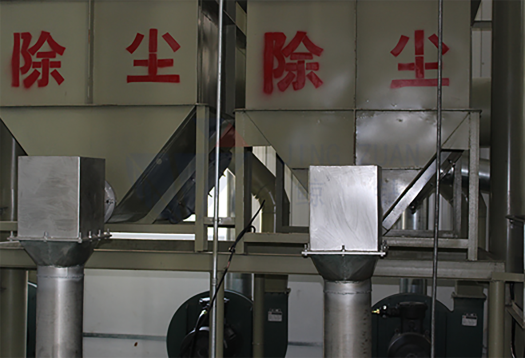
Nov . 11, 2024 00:34 Back to list
Exploring Various Grades of HPMC and Their Applications in Different Industries
Different Grades of HPMC Properties and Applications
Hydroxypropyl Methylcellulose (HPMC) is a versatile cellulose ether derived from natural cellulose. Due to its unique properties, such as solubility in cold water, thickening ability, film-forming characteristics, and emulsification, HPMC finds extensive use in various industries, including pharmaceuticals, food, construction, and cosmetics. With various grades available, each with distinct characteristics and applications, it is essential to understand the differences among these grades to make informed decisions for specific applications.
Properties of HPMC
HPMC is characterized by its ability to form gels and films, which makes it useful in numerous formulations. The properties of HPMC can vary based on its polymerization degree, substitution type, and the ratio of hydroxypropyl to methoxy groups. These factors collectively influence the viscosity, solubility, and hence the functionality of the HPMC grade in question.
1. Viscosity One of the critical parameters that differentiate HPMC grades is viscosity. Manufacturers produce HPMC grades that range from low (around 300 mPas) to high viscosity (over 100,000 mPas) in a 2% solution. Lower viscosity grades are often used in applications requiring smooth, easy mixing, while higher viscosity grades are more suitable for applications where thicker formulations are necessary.
2. Solubility HPMC is typically soluble in cold water, forming a clear gel or viscous solution. Different grades exhibit varying degrees of solubility based on their chemical composition. For example, some grades may dissolve quickly, providing thickening within minutes, while others may not reach complete solubility for several hours. Understanding solubility is crucial for formulators who need specific texture and viscosity within their products.
3. Gelation The gel-forming ability of HPMC varies between grades, which can influence its application in food and pharmaceuticals. Higher-grade HPMC often forms stronger gels that are essential in applications like controlled drug release and food stabilization.
different grades of hpmc

Applications of Different Grades of HPMC
1. Pharmaceuticals In the pharmaceutical industry, HPMC grades are vital for the production of tablets, capsules, and controlled-release formulations. Low and medium viscosity grades are often used as binders, while high viscosity grades are used for suspensions and emulsions, providing stability and consistent release profiles.
2. Food Industry HPMC is employed as a food additive, where its thickening and stabilizing characteristics enhance texture and extend shelf life. The grade used will depend on the desired thickness and texture of the food product, with high-viscosity grades commonly found in sauces, salad dressings, and dairy products.
3. Construction In construction, HPMC is mixed with cement and mortar as a water-retaining agent and to improve workability. The grade selected will determine the product's flow and setup time, making it crucial for professionals to choose the appropriate type for their particular project.
4. Cosmetics The cosmetic industry utilizes HPMC for its film-forming properties and its ability to retain moisture. Specific grades are selected based on desired viscosity and sensory feel, aiding in emulsions and gels for personal care products like lotions and creams.
Conclusion
The different grades of Hydroxypropyl Methylcellulose provide a range of properties, making it a highly versatile ingredient across multiple industries. Understanding the distinct characteristics of each grade enables formulators and manufacturers to select the most suitable type for their specific applications, thereby ensuring optimal performance. As the demand for high-quality, functional products continues to rise, the importance of HPMC in product formulation will only grow, making it essential for professionals to have a comprehensive understanding of this critical material.
-
Versatile Hpmc Uses in Different Industries
NewsJun.19,2025
-
Redispersible Powder's Role in Enhancing Durability of Construction Products
NewsJun.19,2025
-
Hydroxyethyl Cellulose Applications Driving Green Industrial Processes
NewsJun.19,2025
-
Exploring Different Redispersible Polymer Powder
NewsJun.19,2025
-
Choosing the Right Mortar Bonding Agent
NewsJun.19,2025
-
Applications and Significance of China Hpmc in Modern Industries
NewsJun.19,2025







